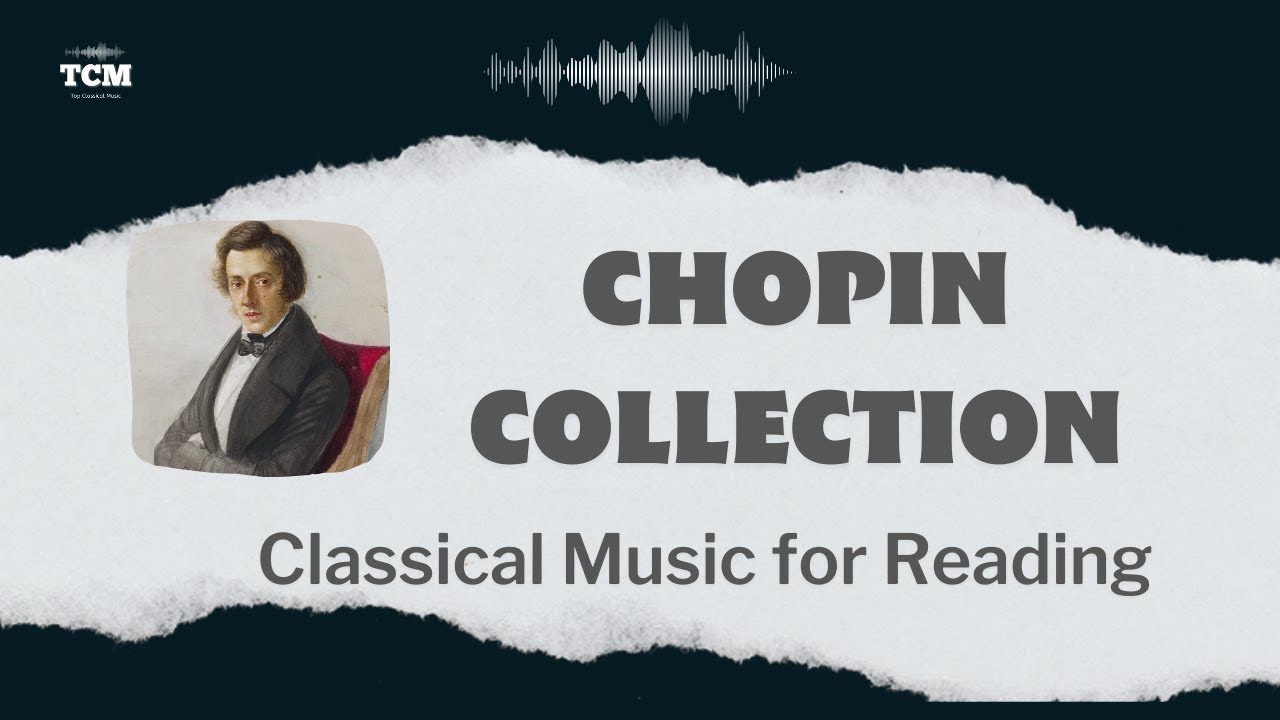
Classical Music for Reading – Debussy Collection
Claude Debussy (22 August 1862 – 25 March 1918) was a French composer. He is sometimes seen as the first Impressionist composer, although he vigorously[…]

Classical Music for Reading – Chopin Collection
Frédéric François Chopin (1 March 1810 – 17 October 1849) was a Polish composer and virtuoso pianist of the Romantic era who wrote primarily for[…]

Happy Classical Music – Tchaikovsky, Mozart, Vivaldi, Strauss
Happy Classical Music – Tchaikovsky, Mozart, Vivaldi, Strauss Classical music is art music produced or rooted in the traditions of Western culture, including both liturgical (religious)[…]

Austrian Classical Music – Great Austrian Composers
Vienna has been an important center of musical innovation. 18th- and 19th-century composers were drawn to the city due to the patronage of the Habsburgs,[…]

Italian Classical Music – Great Italian Composers
For many centuries, Italian classical music has been the center of music in Europe. The types of romantic melodies that are known to have been[…]

British Classical Music – Great British Composers
Classical music in the UK developed under the influence of European music yet retained some of its distinctively insular elements. Each of the major nations[…]

French Classical Music – Great French Composers
During the early Christian era of the Middle Ages, sacred monophonic (only one voice) chant was the dominant form of music, followed by a sacred[…]

The Best of Debussy – Part I – Greatest Works
Claude Debussy (22 August 1862 – 25 March 1918) was a French composer. He is sometimes seen as the first Impressionist composer, although he vigorously[…]

Russian Classical Music – Great Russian Composers
n the period of Muscovy (1283–1547), a distinct line was formed between the sacred music of the Orthodox Church and that of secular music used[…]

The Best of Dvorak – Part I – Greatest Works
Antonín Leopold Dvořák (8 September 1841 – 1 May 1904) was a Czech composer, one of the first to achieve worldwide recognition. Following the Romantic-era[…]